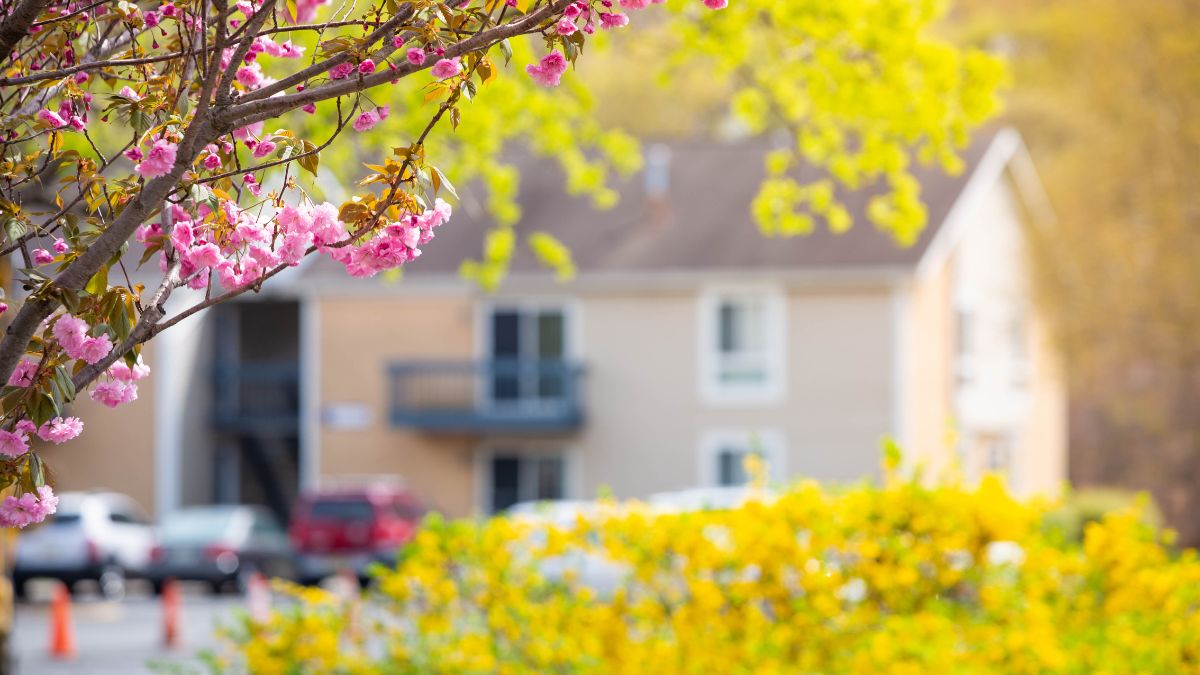
England’s dwindling social housing stock is poised to plummet by an additional 189,000 properties through the controversial Right to Buy scheme alone by 2040, it’s being claimed.
Planning consultancy Marrons says its analysis of new figures shows that 89,091 social rent properties owned by local authorities were sold through Right to Buy nationally between 2015/16 and 2022/23. It says that if this continues at its current level, it will result in a loss of 189,318 social homes by 2040.
Birmingham is the local authority area that is set to lose the greatest number of social homes through the scheme by 2040 (10,504), followed by Leeds (9,110), Sheffield (6,058), Leicester (5,895) and Nottingham (5,138). Sandwell (4,420), Hull (3,878), Wolverhampton (3,770), Barking and Dagenham (3,283), and Wigan (3,100) make up the remainder of the top 10.
Craig Pettit, planning director at Marrons, says: “It is extremely concerning that by 2040, at least 189,000 properties could be taken out of our country’s social housing stock – a harrowing forecast that comes in the wake of alarming surges in social housing waiting lists, with more than 1.2 million people being on their local authority housing register in 2023, and affordability remaining considerably worse than in the late-90s.
“The introduction of the Right to Buy scheme, which enabled council tenants to buy their homes for a significantly reduced price, was turbo-charged in 1980. Within five years, half a million council homes had been sold under the initiative in England alone. However, the scheme has the potential to falsify home ownership statistics and mask deeper systemic issues.
“England is losing social housing much faster than it is being built and the losses are mounting up – in fact, according to housing and homelessness charity Shelter, social housebuilding in England being at its lowest rate in decades. Demand is continually outstripping supply, leaving the poorest households with no choice but to enter unaffordable private tenancies – putting them at risk of homelessness.
“Perhaps most worryingly, there is no indication that the proceeds from the sale of ex-social homes are being reinvested into providing new properties under the initiative. At the very least, sale monies should be reinvested to provide a stepping stone programme from social housing to home ownership for generations to come.”
By 2040, England’s 16-plus population is expected to grow by 6% to almost 50m people. Notably, Greater London and the East Midlands are the fastest-growing regions – each anticipating 12% growth to 8m and 4.5m, respectively – while the North East shows the slowest growth at 5% to reach 2.3m people.
Marrons says that to meet the burgeoning demand, at least 5.4m homes need to be constructed across England by 2040. The South East leads the way in housing need outside of Greater London, with demand for more than 950,000 homes. In contrast, the North East demands the least, with a requirement of 112,388 properties.
We're excited to announce that we're working on building a shiny new website for readers of Landlord Today! As part of this process, commenting on articles will be temporarily disabled. We look forward to sharing our new and improved Landlord Today website with you shortly!








.png)

(1).png)







.jpg)






%20(002).png)





